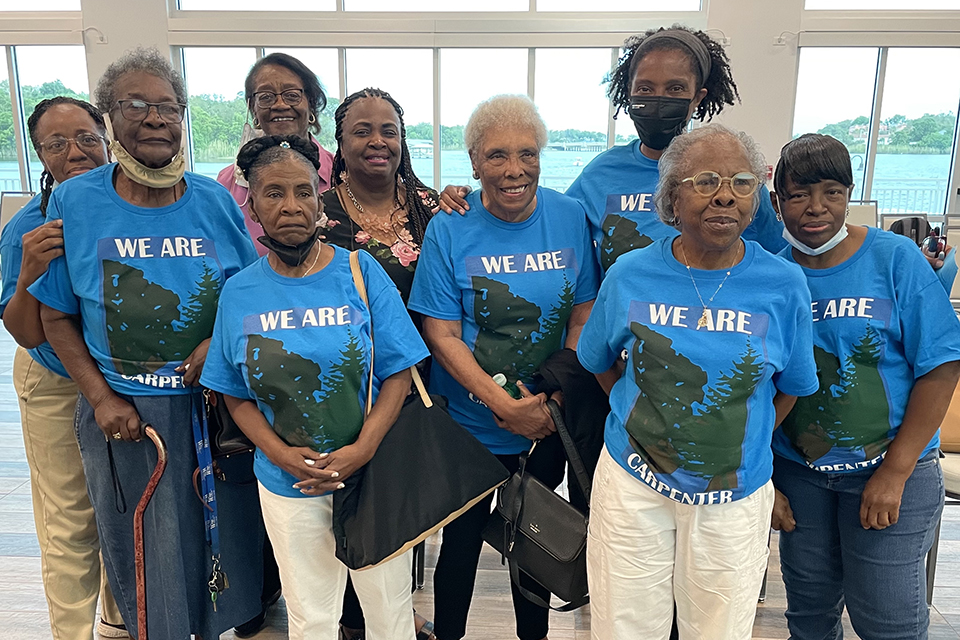Themes
Amplifying Community Voices
The present cultural moment mirrors that of the 1960s and 1970s in many ways, especially in the renewed call for greater public participation in the systems that shape our society. Landscape architect Lawrence Halprin, working with his wife, the dancer and choreographer Anna Halprin, and others, was a pioneer in community-based public engagement, using a bottom-up rather than top-down approach. Design methodologies were also influenced during this period by the spatial and behavioral observations and analyses pioneered by the urban theorist William “Holly” Whyte. By understanding and leveraging the expertise of residents and community-based groups, and inviting broader participation in design workshops, landscape architects engaged community members to inform community-based, site-specific solutions. Hands-on planning, which amplified community voices, produced results that were responsive to community assets, needs, forgotten histories, and desires.
 "We Are Carpenter" supporters at May 2 Open House in Pensacola. Image courtesy Angela Kyle, 2022.
"We Are Carpenter" supporters at May 2 Open House in Pensacola. Image courtesy Angela Kyle, 2022.
As evidenced in many of our ongoing Landslide partnerships, authentic public engagement is the foundational bedrock that informs design, interpretation, and stewardship of cultural landscapes. Present-day local groups, including the Nikwasi Initiative in Franklin, North Carolina; Walnut Way Conservation Corps in Milwaukee, Wisconsin; and Partners for Environmental Justice in Raleigh, North Carolina, continue the tradition of mobilizing community members to exercise control over their shared spaces and experiences. At sites including Lake Elizabeth at Allegheny Commons in Pittsburgh, PA, the Frick Collection Russell Page Viewing Garden in Manhattan, NY, Fort Negley Park, Nashville, TN, and the Hannah Carter Japanese Garden in Los Angeles, CA, TCLF has consistently and purposefully formed partnerships and sought to amplify community voices, providing them with a wider platform and a larger audience than they may otherwise have had.
It is most often the residents, neighbors, members, and descendants, who have the most invested in a cultural landscape, who live in and with them, return to them, who have the strongest connections with them, and who have the most to lose or gain if a site is demolished or saved. Groundswells begin locally and then gain momentum and scope, as with Lawrence Halprin’s Park Central Square in Springfield, MO, where a retired shoe merchant whose daughter studied landscape architecture wrote a letter to a local newspaper about the threat to the square and the importance of saving it, eventually resulting in a National Register listing and a complete rehabilitation of the site. Over the past 25 years of advocacy and engagement, we have seen that every voice matters, and that there is power in numbers when it comes to raising visibility, building public support and ultimately impacting official decisions.